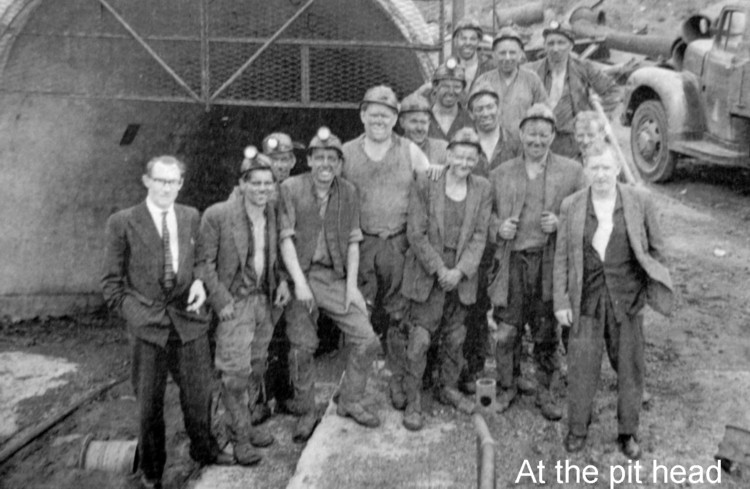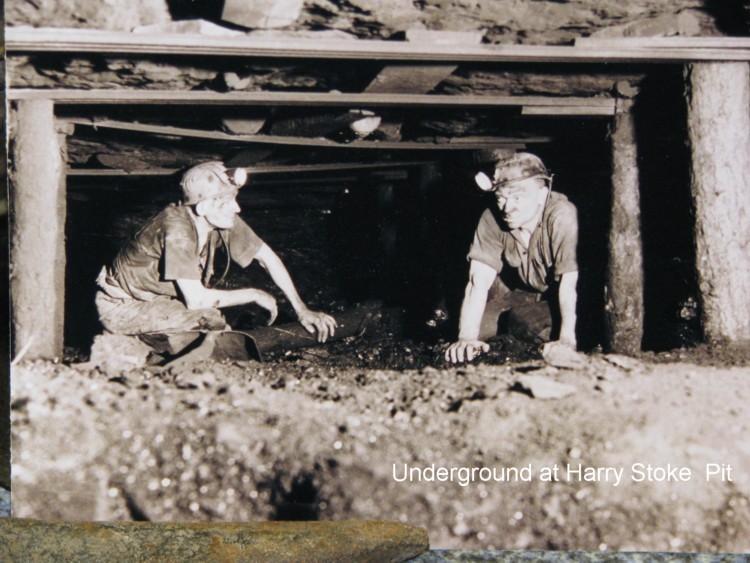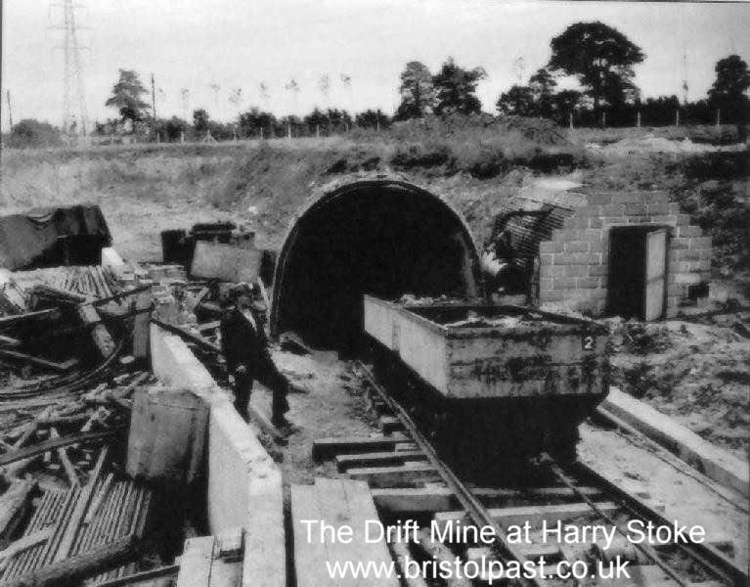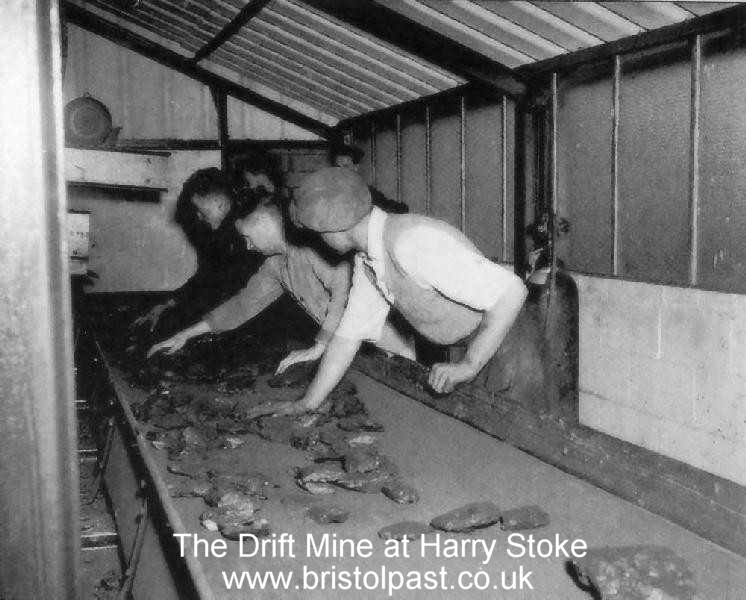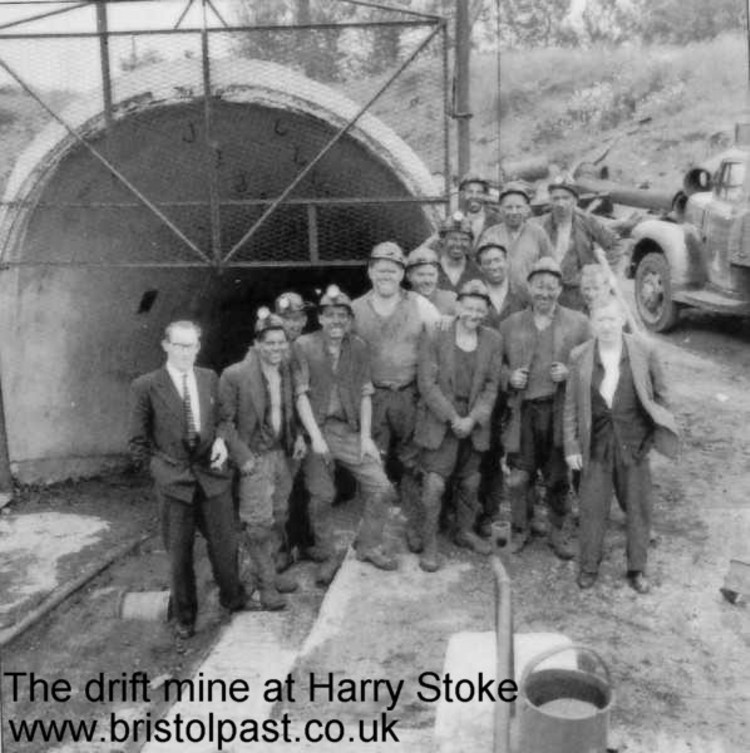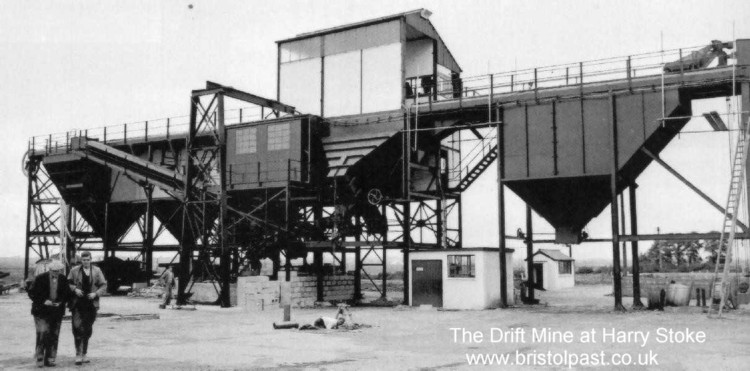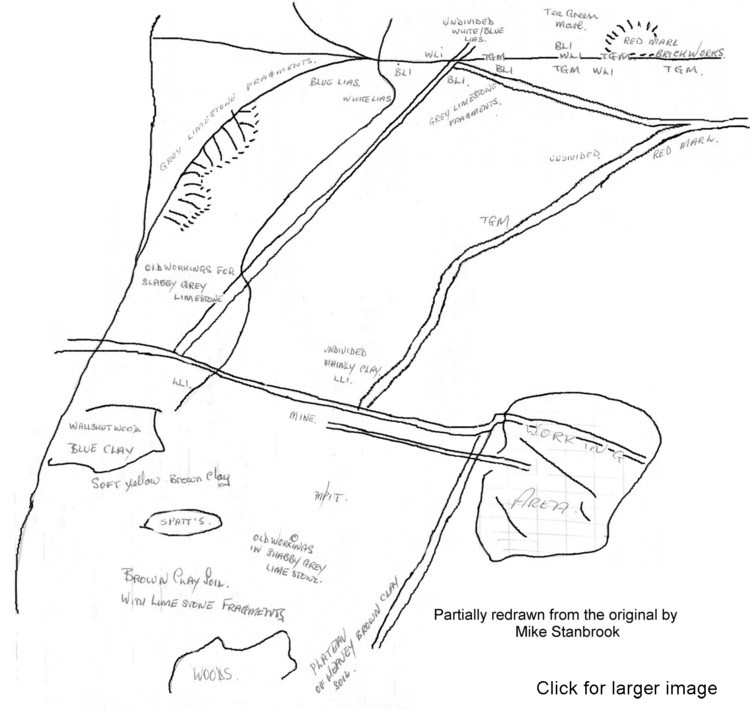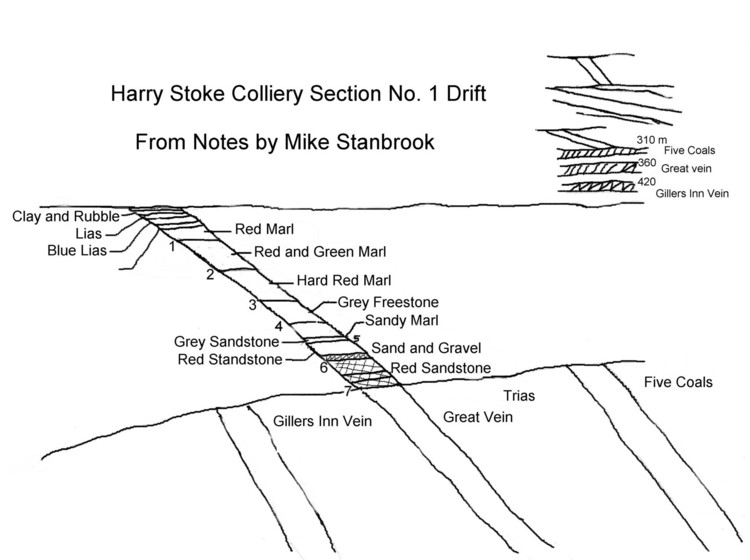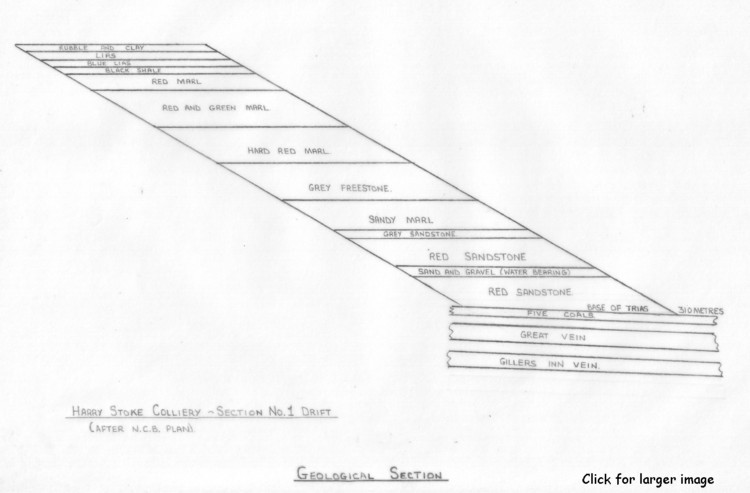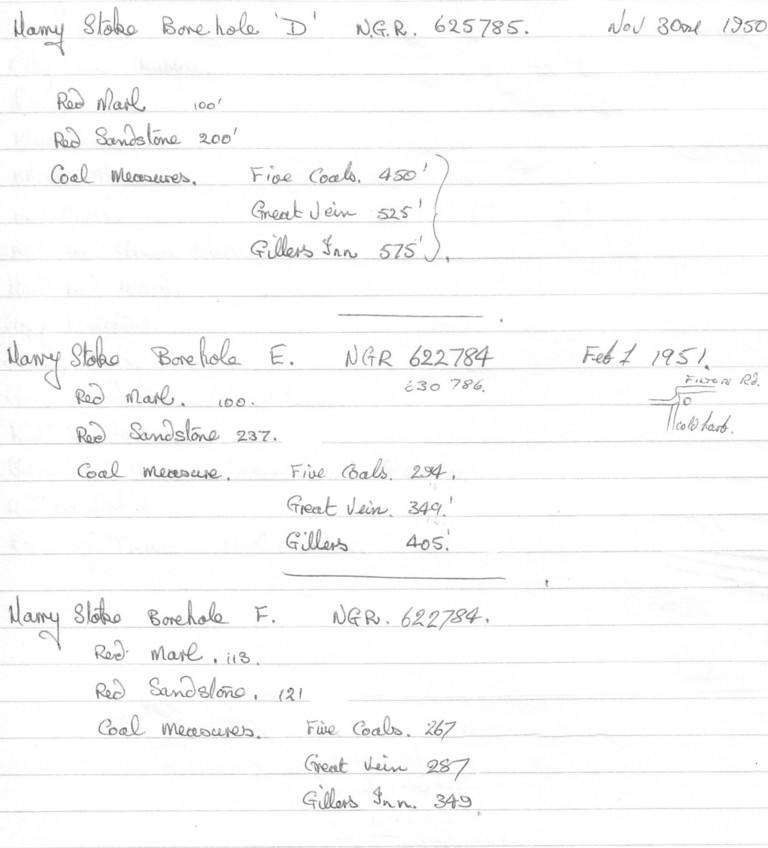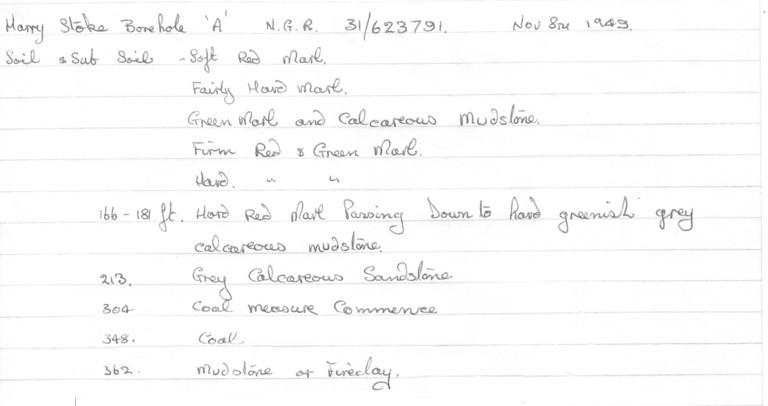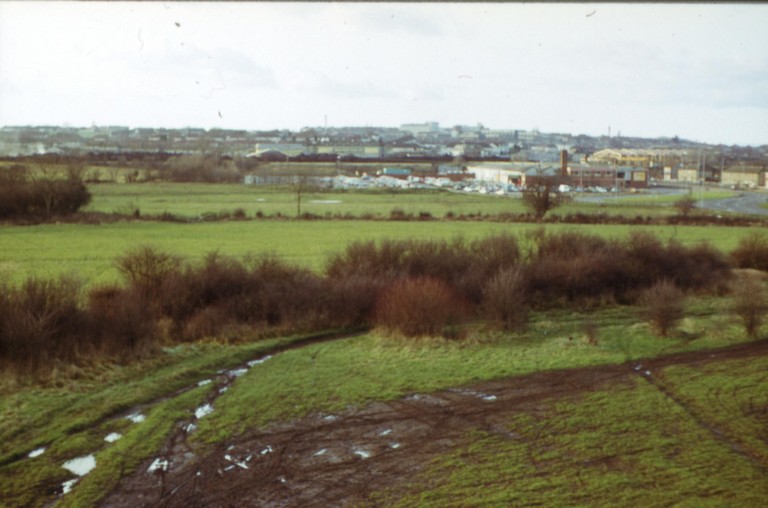Harry Stoke Coal Mine
There has been coal mining in the area for some time and in In the mid 1050s it was hoped that the Harry Stoke mine would have rejuvenated the coal industry in the area. Three seams were worked; the 5 Coals seam, the Giller's Inn seam and the Great Vein. By 1962 the mine had produced a total of about 465,000 tons of coal and had made a loss of just over £800,000. By the 1960s much of the Somerset coal field had been closed down and Harry stoke was now remote from them. Eventually the Coal Board made the decision that it would not risk putting more money into a venture that had not proved profitable and the mine closed on 14th June 1963. At this time the mine employed about 180 men. Some were relocated to other mines and pits in Somerset, however many of the surface workers were partially disabled from pit accidents, it being the Coal Board's policy of trying to employ such men on the less demanding surface work and they were offered redundancy, pension and compensation. The Somerset coalfields shut down in 1973.
Letter to Local Historian Mike Stanbrook 1980
National Coal Board
Norton Hill Old Pit,
South Wales Area
Midsomer Norton, Bath
Harry Stoke Coal Mine
Dear Sir,
We are now in receipt of your enquiry of 2nd May 1980, relating to the above,
addressed to the Area Surveyor, Cardiff.
In consultation with Geological Survey, boreholes in this area in 1950/51 proved
the Great Vein group of seams in the Lower Series, as a result of which two
crossmeasure drifts, dipping 1 in 3.3, were driven through the Trias cover into
the outcrop of the Gillers Inn Vein, from which the Great Vein and Lower Five
Coals could be won by level crossmeasures.
The dipping crossmeasures, supported by 10’0'' steel arches, contacted the base
of the Trias at a distance of 310 metres, the initial drivages into the seams
were completed, and ventilation established, to enable coal production to
officially commence on 23rd August 1954.
The Great Vein, one of the principal seams in the Bristol Coalfield, was found
to be variable and disturbed, so that working was severely limited, although
some exploratory drivages were undertaken to prove conditions. Working
concentrated initially in the Five Coals Seam, but this encountered
disturbances. The Gillers Inn Vein was then worked within the limited area set
by the faulting and other disturbances, and production ceased on 14th June 1963.
All three seams were bituminous coals, and the total saleable output from the
mine amounted to nearly 485,000 tons.
The greatest area of work was in the Five Coals, which extended for some 900
metres to the dip, but only some 450 metres to the North and South of the drifts
before faulting stopped production. Workings in the Great Vein and Gillers Inn
Vein were contained within this area.
Boreholes in the immediate vicinity of the drifts proved Trias cover between 72
metres and 81 metres thick concealing the coalmeasures. Detailed logs of these
three holes, and two others in the Harry Stoke area, are available if you wish
to examine the detail.
Boreholes to the North of Harry Stoke, in the Stoke Gifford area, are also
available. These indicated that the disturbed conditions proved at Harry Stoke
extended into Stoke Gifford.
We trust that this will prove of assistance to you, and no doubt you will advise
if you wish to examine the borehole logs.
|
|
|
|
|
|
|
|
|
|
|
|
|
|
|
|
|
|
|
Views of the Coal Mine - Mike Stanbrook |
|
Views of the Coal Mine - Mike Stanbrook |
|
Views of the Coal Mine - Mike Stanbrook |
|
|
|
Views of the Coal Mine - Mike Stanbrook |
|
|
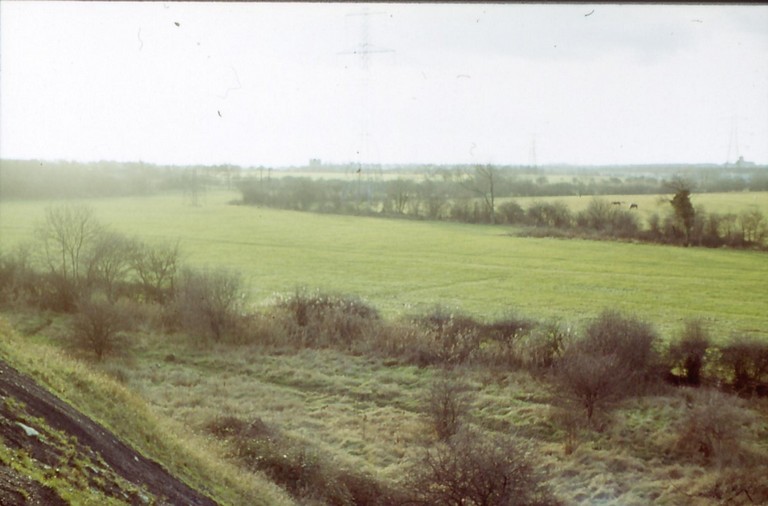 |
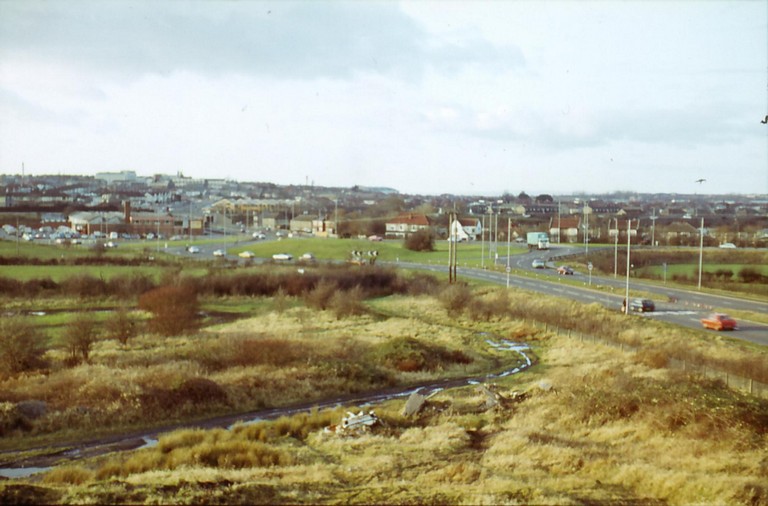 |
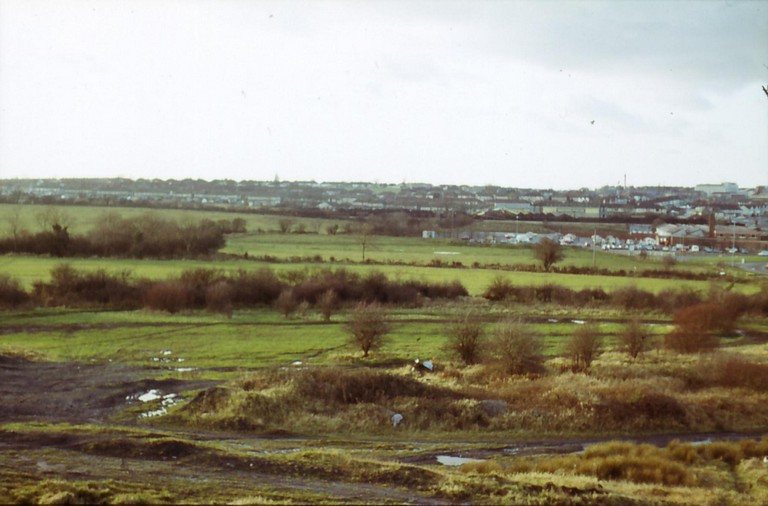 |
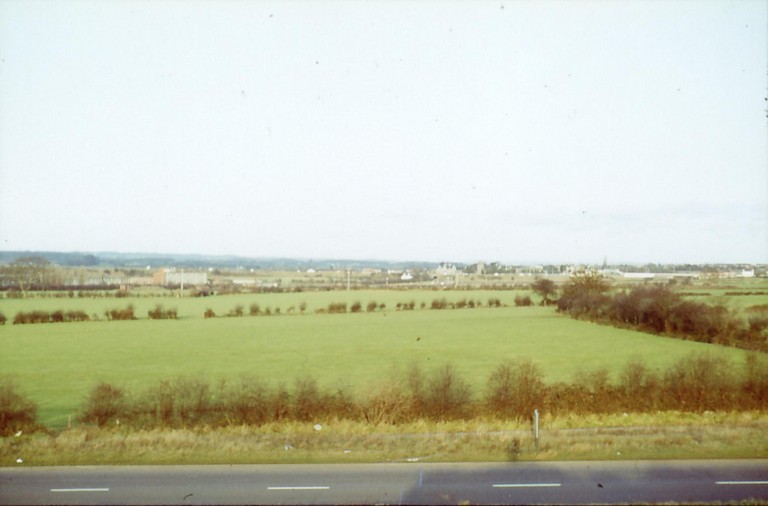 |
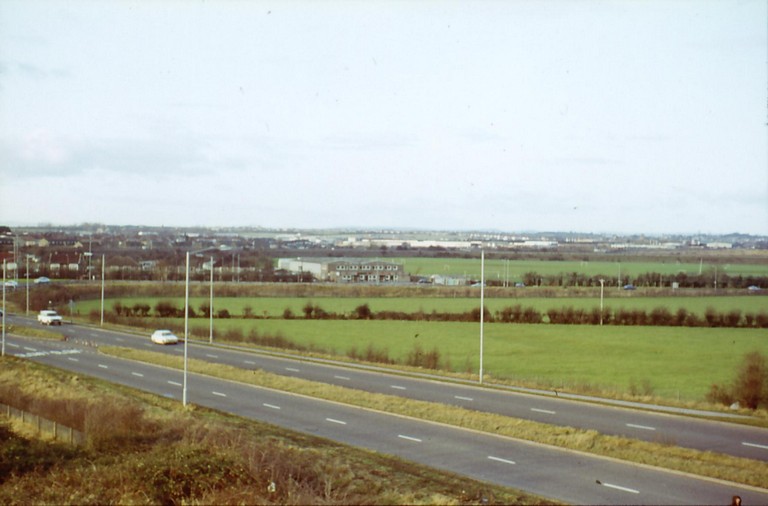 |
